by Brad Reynolds
As the Slavic people began to form what would eventually become the Russian Empire, there were inevitable missteps along the way. By the late 9th century, the state of Kievan Rus had been established by the Viking ruler Rurik and solidified by his successor, Oleg. Oleg had unified many Finnish and Slavic tribes, securing trade routes in the Black Sea and opening diplomatic channels with Byzantium in 911. Igor I of Kiev would assume the Kievan throne in 912 and attempt to build on Rurik and Oleg’s legacy through military expansion. However, these military campaigns would end as blunders and eventually ensure Igor’s demise, leading to his reputation as one of the worst leaders in history.
[text_ad]
Igor’s first military campaign as Grand Prince was an expedition into Transcaucasia (modern day Georgia, Azerbaijan, and Armenia) to expand trading routes through the Caspian Sea. Shortly after the campaign began, Igor was documented as leaving his forces to repress a Drevlian uprising, a Slavic tribe that paid tribute to Kievan Rus. While Igor attended to the kingdom, his Transcaucasia force continued to plunder the Baku region of the Caspian, obtaining vast riches. To secure safe passage home, Igor agreed to pay tribute to the Khazars, a confederation of Turkish speaking tribes which Oleg had defeated in 911. The Khazars did not honor their word, double crossing Igor and ambushing the Kievan Rus fleet as they began their return to Kiev, killing an estimated 30,000 Russian troops.
Igor Enters Asia Minor
It would not be until 941 that Igor would again lead a campaign to the Transcaucasias and Asia Minor. Igor would advance his forces along the southern shore of the Black Sea to plunder the Byzantine provinces of Bithyna and Paphlagonia, east of Constantinople. Upon learning that the Byzantine fleet was busy fighting Arab forces in the Mediterranean, the Rus began pillaging Constantinople. While once again achieving initial success in plundering and securing booty, Igor’s greed for conquest would be at the cost of his men’s lives. Byzantine Emperor Lecapunus would outfit 15 retired ships with the famous Greek fire, inflicting heavy casualties and crippling the Rus fleet, forcing Igor’s retreat to Kiev. The Russians who survived—but had not escaped—were beheaded, securing Byzantine victory and a conclusion to the 941 Rus-Byzantine War.
Trying Yet Again For Byzantium
After a third failed campaign in the Transcaucasias, this time defeated by Muslim forces, in 944 Igor decided on yet another attempt at confronting Byzantium. But rather than inducing a second Rus-Byzantine War, the Byzantine Empire sent peace offers and agreed to renegotiate the trade agreement made by Oleg in 911.
Although Grand Prince Igor finally secured a symbolic diplomatic victory, his luck would end abruptly within the year. When visiting the Drevlians in 945, Igor allegedly demanded more tribute than he had previously been agreed upon. As a result, the Drevlians tied Igor’s legs to two bent down birch trees, let the trees straighten, and watched as the Grand Prince’s body was torn apart, thus ending the infamous reign of Igor I of Kiev.
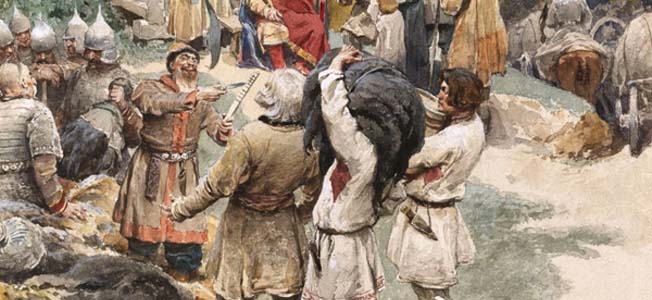
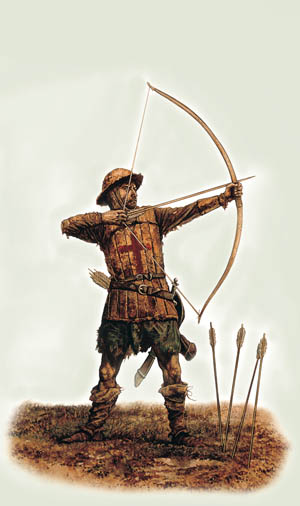
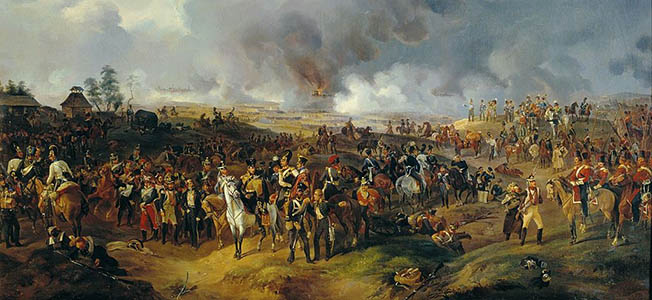
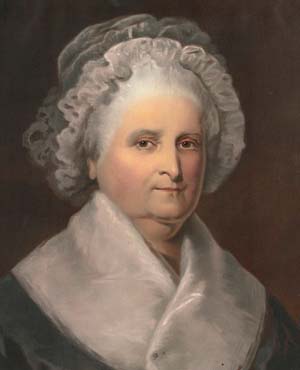

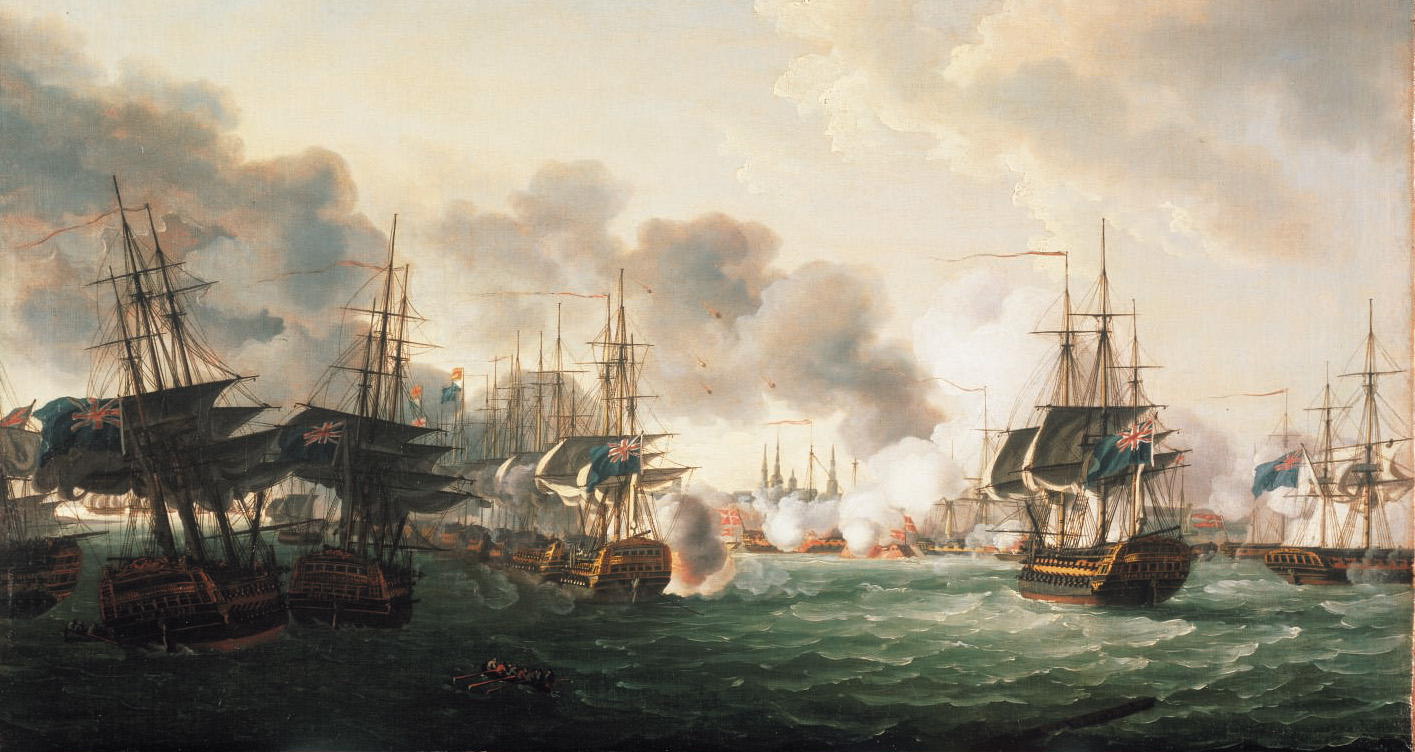
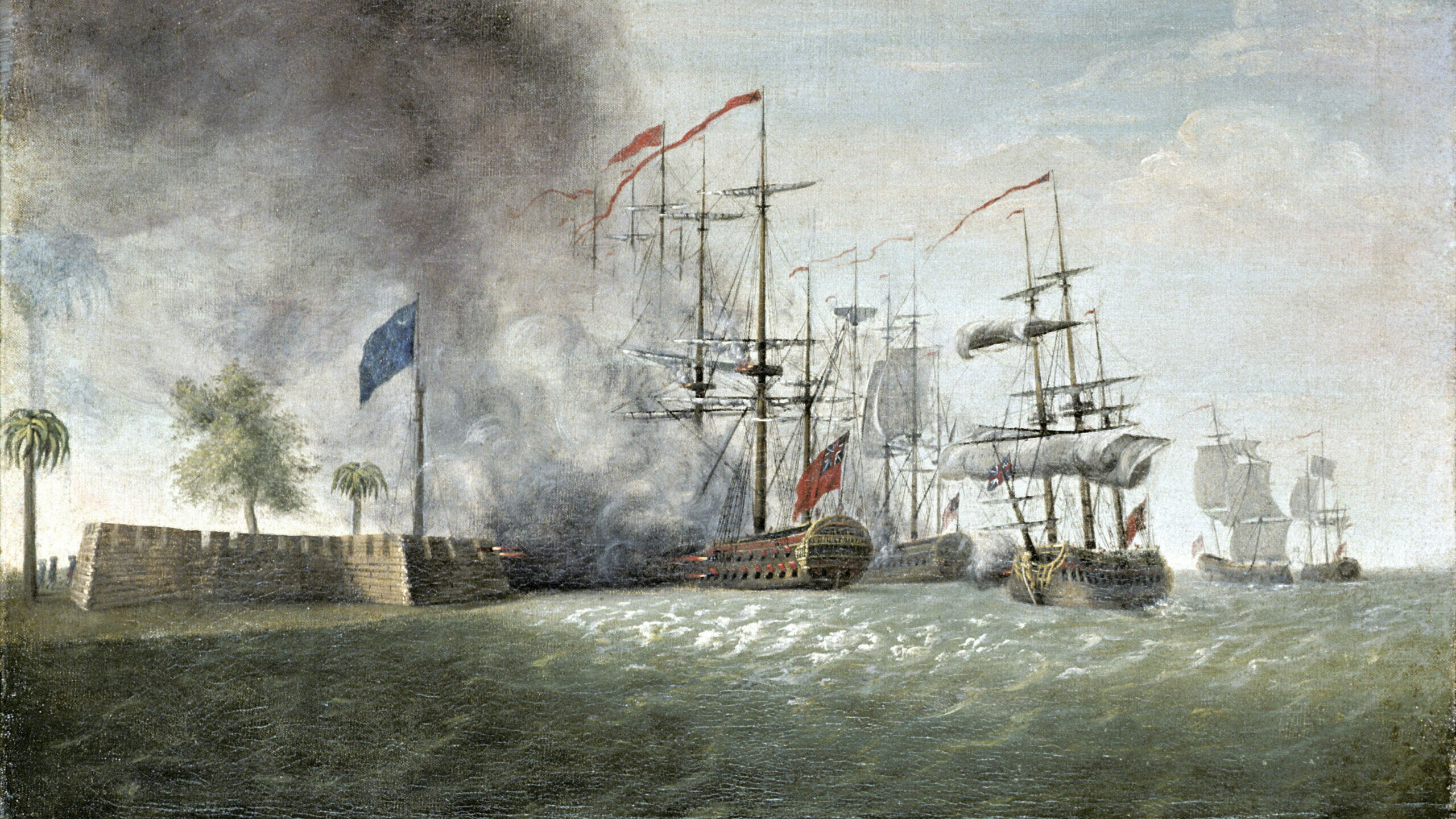
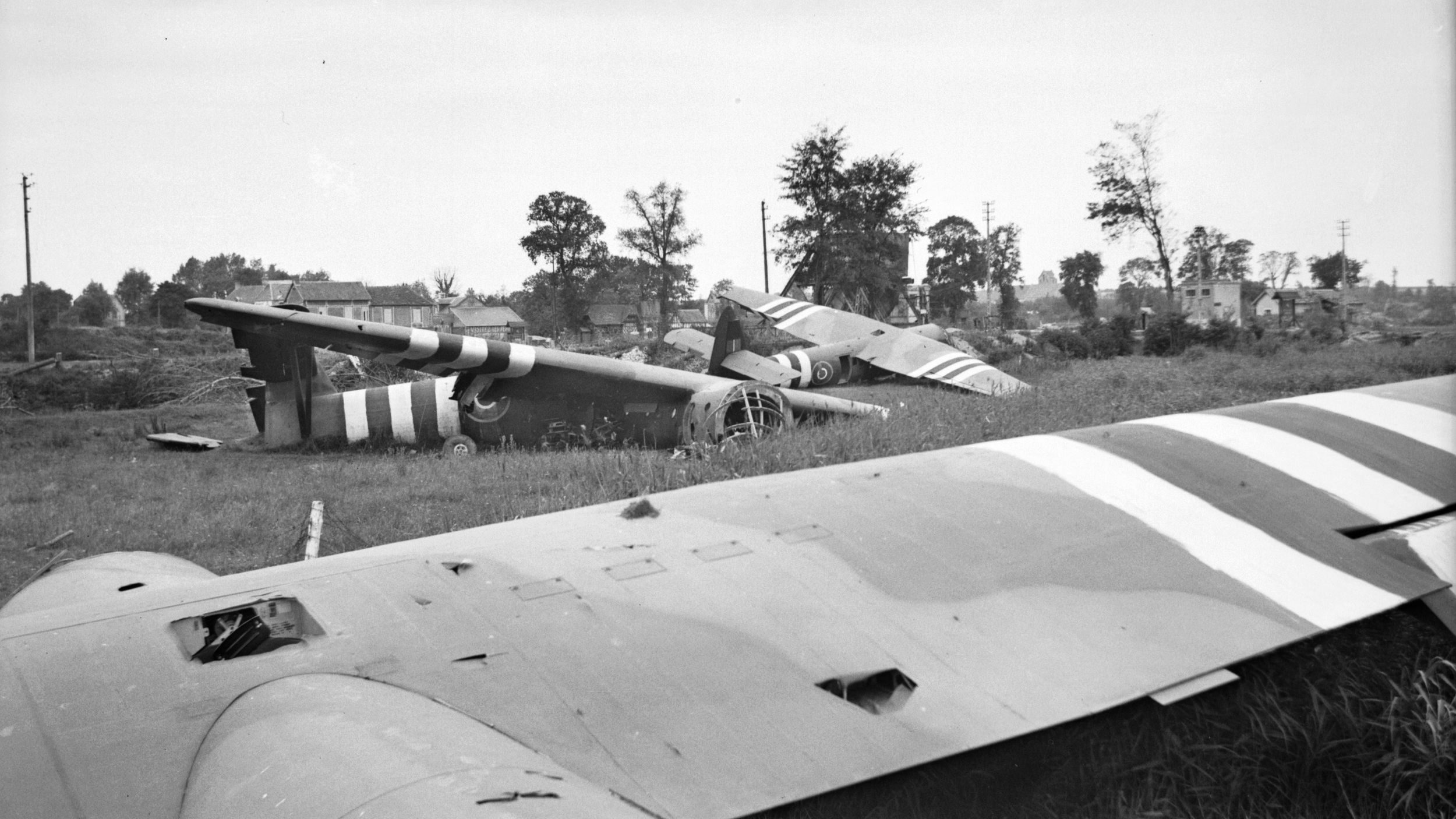
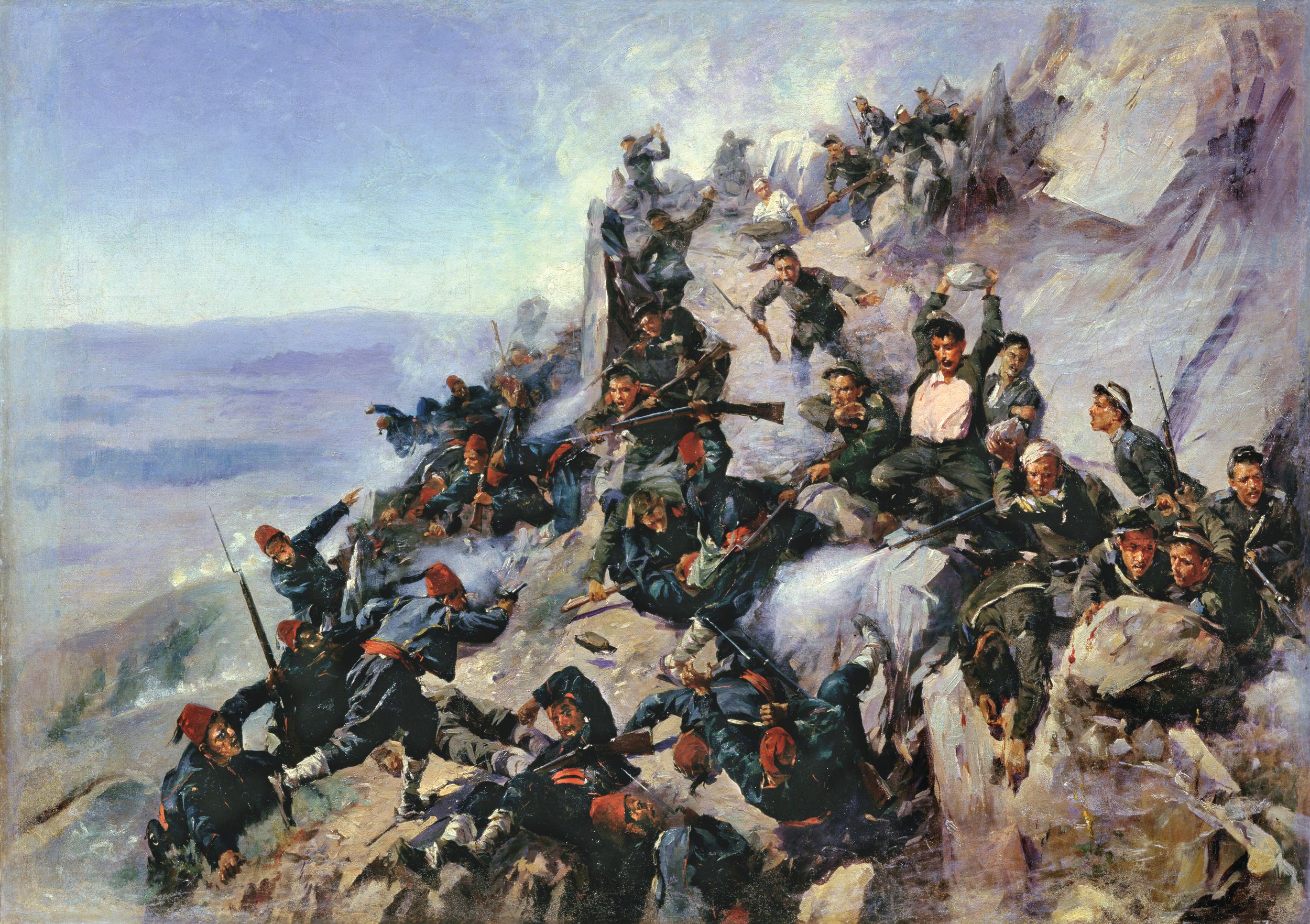
Join The Conversation
Comments